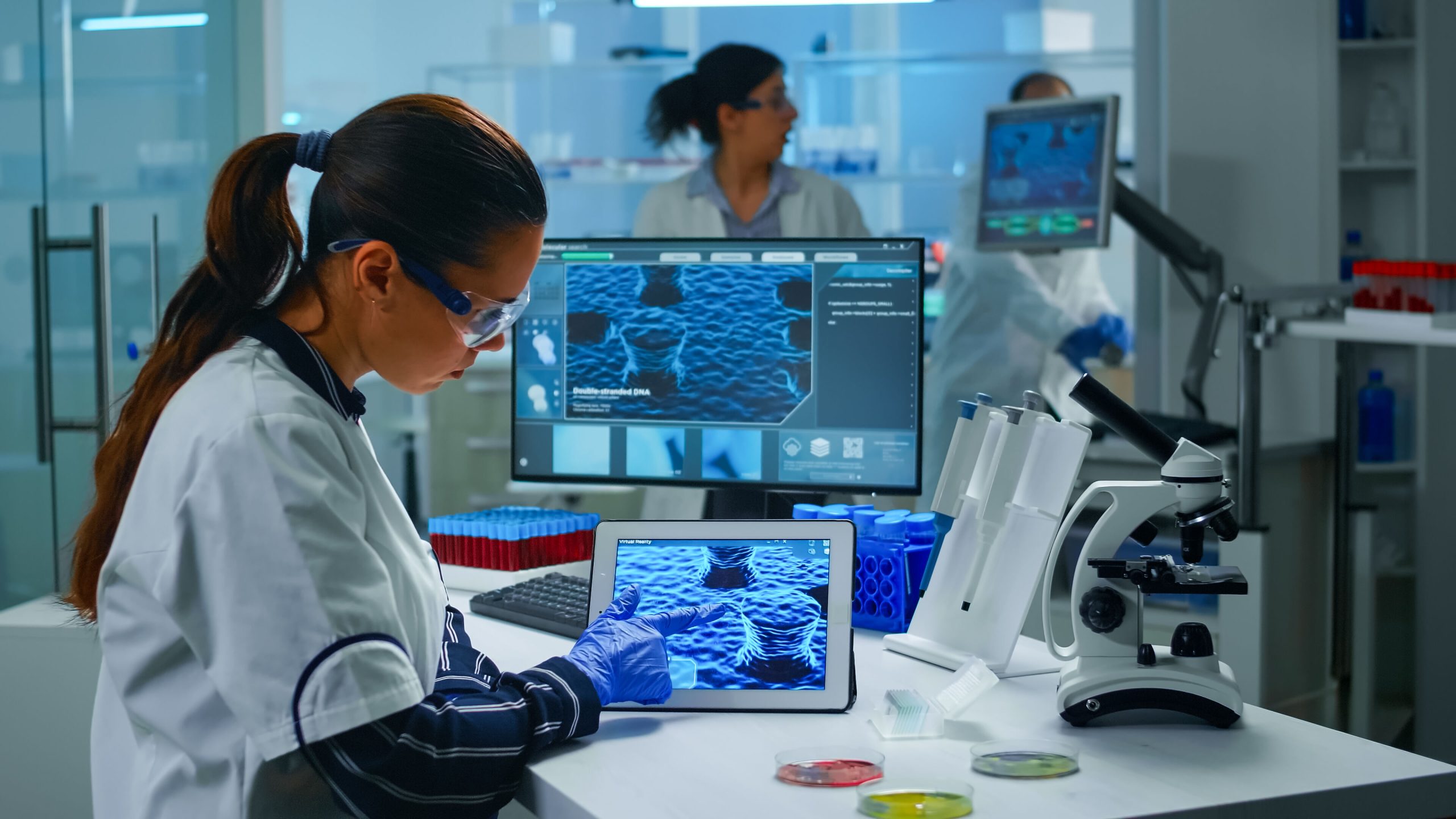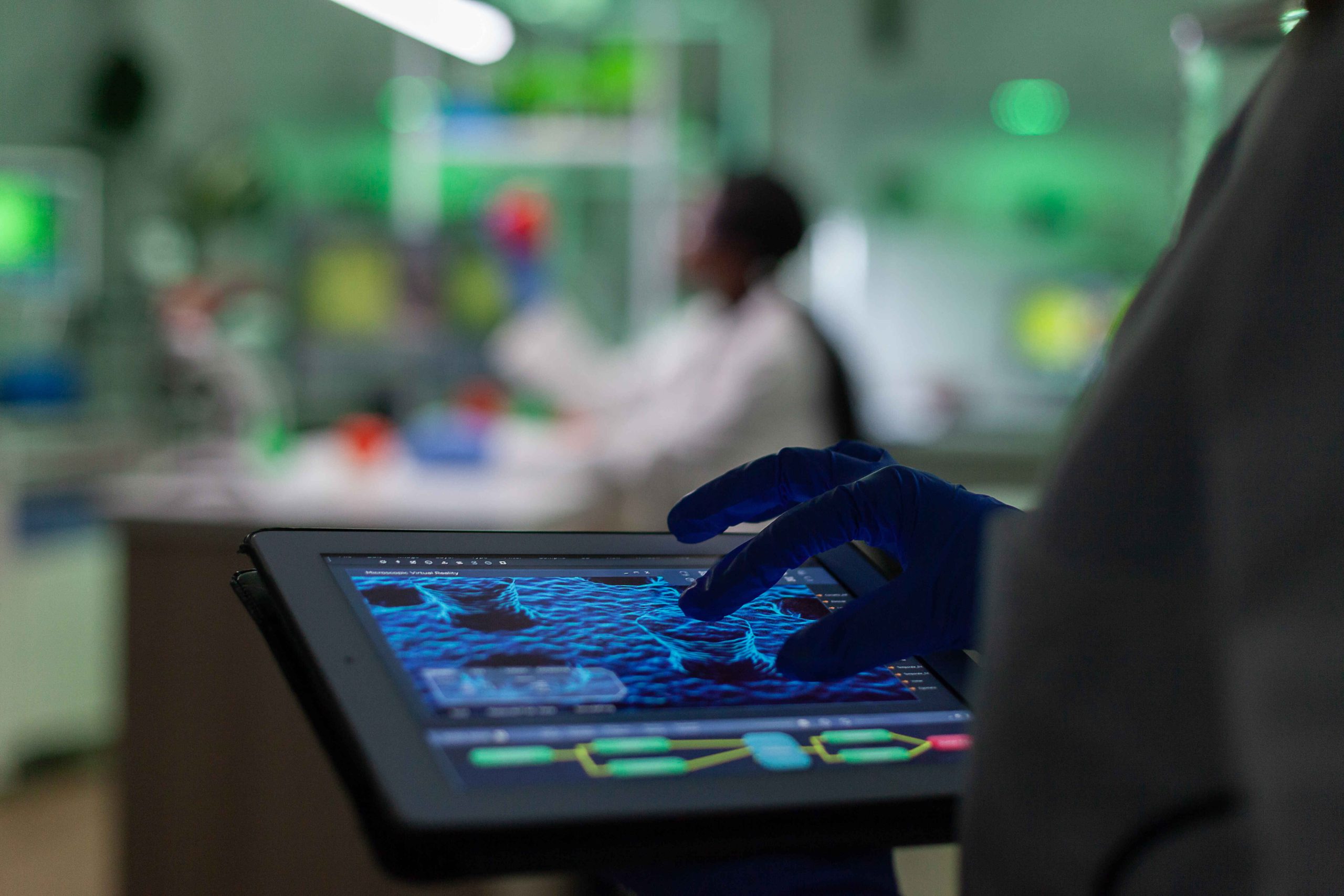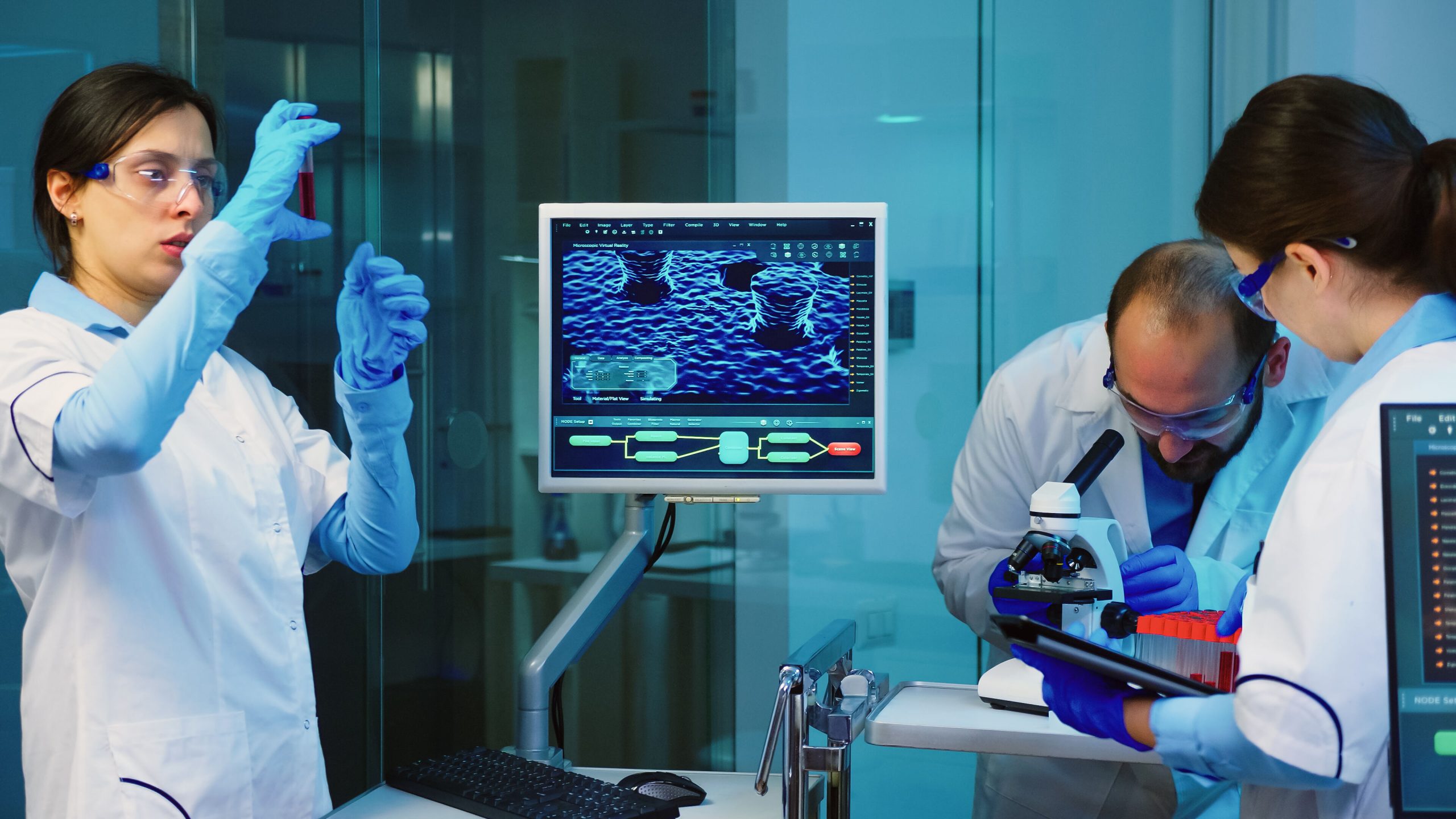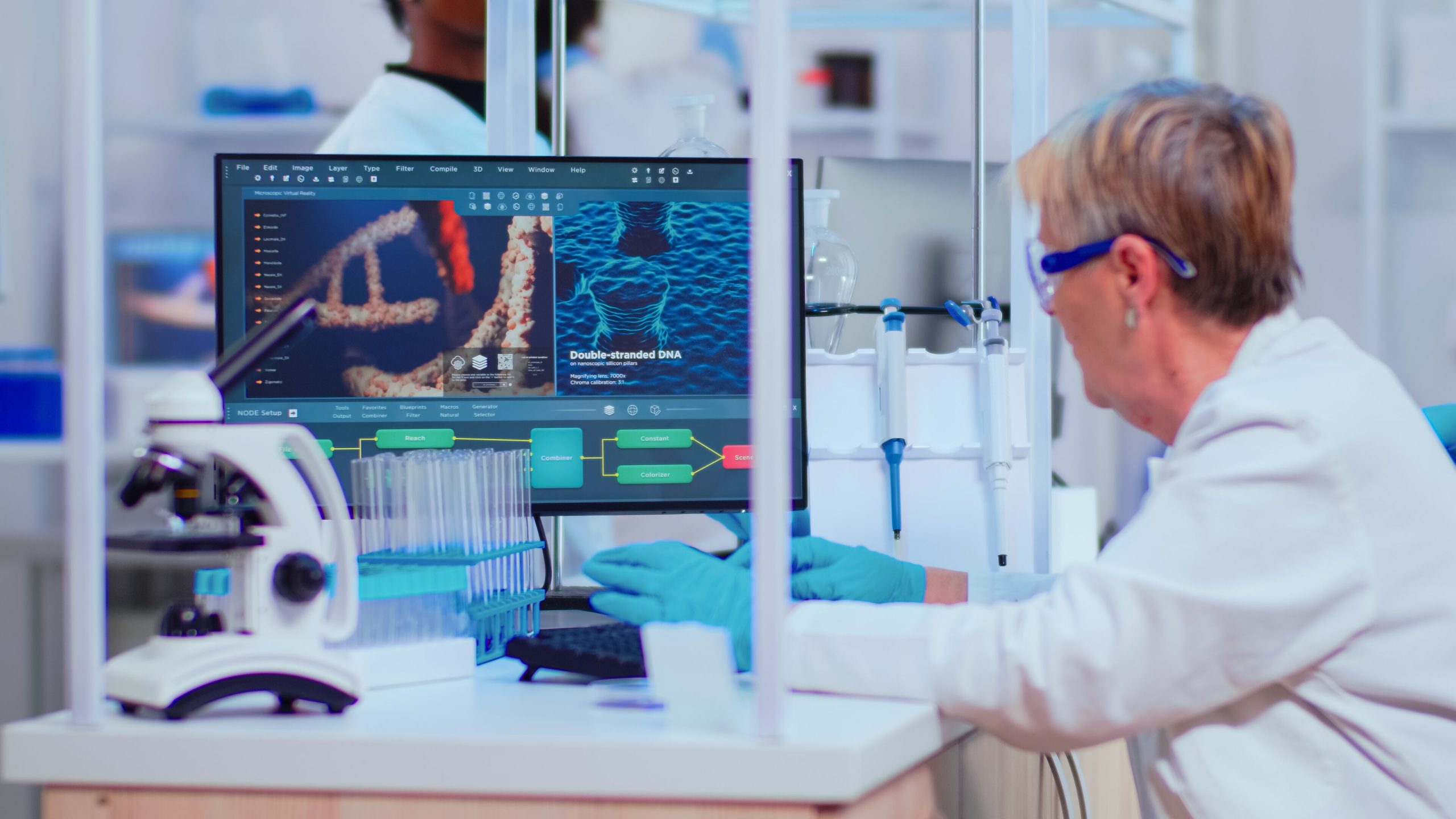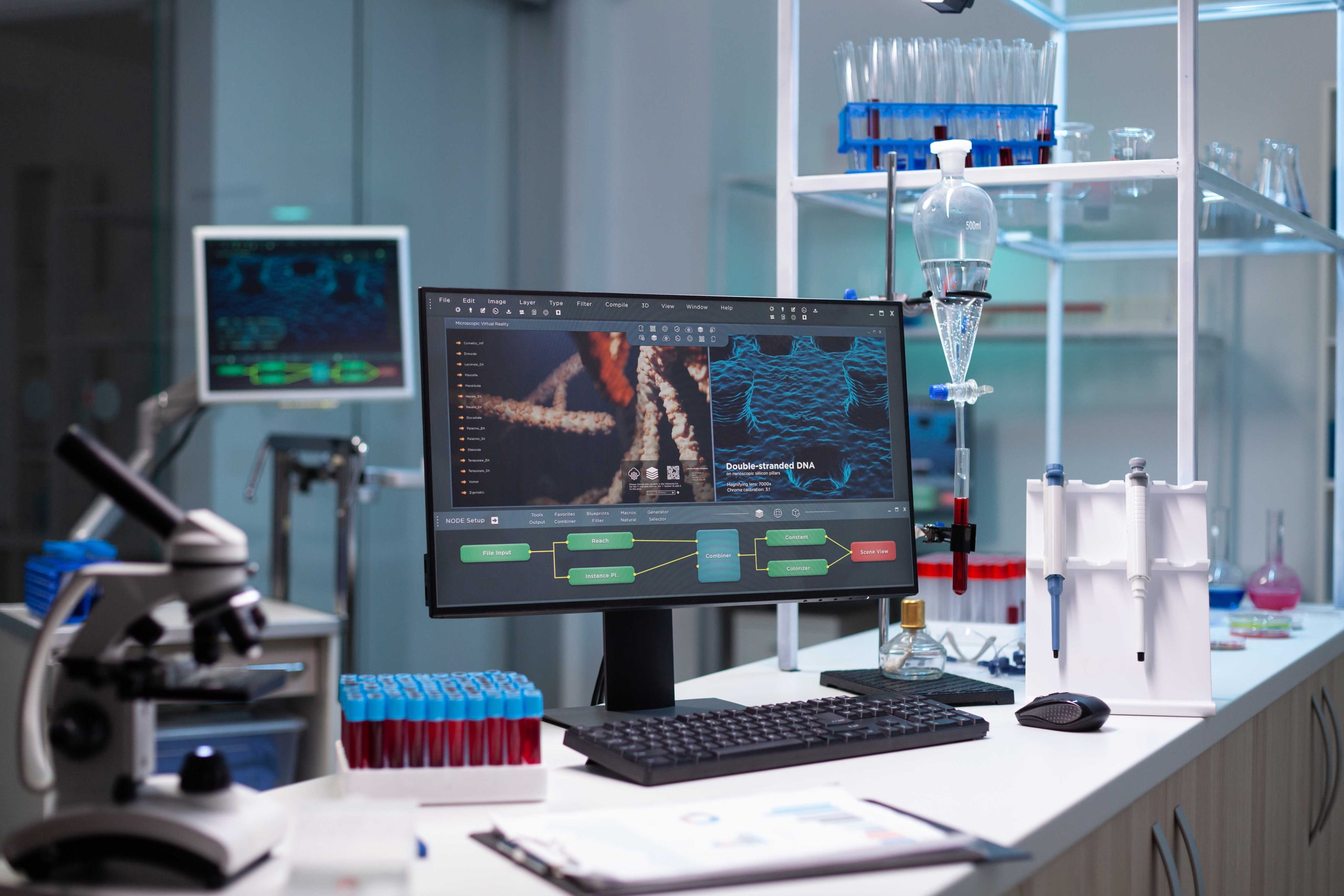Image processing can be used to enhance a picture’s quality, get rid of unwanted items from an image, or even generate whole new images. For instance, a backdrop may be eliminated from a picture of a person using image processing, leaving the subject in the forefront.
Several different algorithms and approaches may be applied to produce various results in the broad and complicated subject of image processing. The most popular image processing jobs and their execution will be the main topics of this section.
Picture enhancement, or raising the quality of a picture, is one of the most frequent jobs involved in image processing. It is essential for surveillance, remote sensing, and computer vision jobs. Changing the image’s contrast and brightness is a typical strategy.
In a picture, contrast is the difference in brightness between the brightest and darkest portions. It is possible to improve visibility by boosting an image’s overall brightness by adjusting the contrast. Overall lightness or darkness of a picture is referred to as brightness. It is possible to make a picture brighter and easier to view by raising the brightness. In most picture editing programs, contrast and brightness may be changed manually or automatically.
However, modifying an image’s brightness and contrast are simple actions. When upscaled, a picture with ideal contrast and brightness might occasionally appear fuzzy because of the reduced pixel density (number of pixels per square inch). A relatively recent and far more sophisticated idea called “Image Super-Resolution” is utilized to overcome this problem, in which a high-resolution image is created from one or more low-resolution copies. To do this, deep learning techniques are frequently employed.
Images’ quality may deteriorate for several reasons, especially if they date from a time before cloud storage was widely used. As an illustration, photos scanned from hard copies made with vintage instant cameras frequently develop scratches.
Modern techniques in this discipline may be able to restore damaged historical documents, which makes image restoration particularly fascinating. Strong Deep Learning-based picture restoration algorithms may be used to recover significant amounts of lost information from shredded documents.
For instance, picture inpainting, which is the process of filling in the missing pixels in an image, fits under this category. A texture synthesis method that creates new textures to fill in the missing pixels can be used to do this. However, deep Learning-based models are the default option because of them
The division of a picture into several segments or areas is known as image segmentation. Image segmentation is frequently employed as a pre-processing step before object recognition since each segment represents a separate object in the image.
Object detection is the process of locating things inside an image and is frequently utilized in security and surveillance applications. Although many alternative methods may be used for object detection, Convolutional Neural Networks (CNNs), a type of deep learning model, are the most often used method.
Image compression is the process of shrinking an image’s file size while attempting to maintain the image’s quality. This is done to conserve storage space, especially when using mobile and edge devices to conduct image processing algorithms or to lower the bandwidth needed to send the picture.
Conventional methods employ lossy compression algorithms, which operate by slightly lowering the image quality to reduce the file size. For instance, the Discrete Cosine Transform is used in the JPEG file format to compress images.
Modern methods of image compression employ deep learning to encode pictures into a smaller feature space, which is subsequently recovered by a decoding network on the receiving end.
Another crucial activity in image processing is the creation of brand-new pictures, particularly for Deep Learning algorithms that need a lot of labeled data to learn. Generative Adversarial Networks (GANs), another distinct neural network design, are frequently used in image-generating techniques.
GANs are made up of two independent models: the discriminator and the generator, which attempt to differentiate fake pictures from real ones.
- Image-to-Image Translation
The image-to-image translation is a class of vision and graphics issues where the objective is to learn the mapping between an input picture and an output image using a training set of aligned image pairs. For instance, a free-hand drawing may be used as an input and a realistic image of the thing it depicts can be used as an output.
Pix2pix is a well-known model in this field that does general-purpose image-to-image translation using a conditional GAN model.

